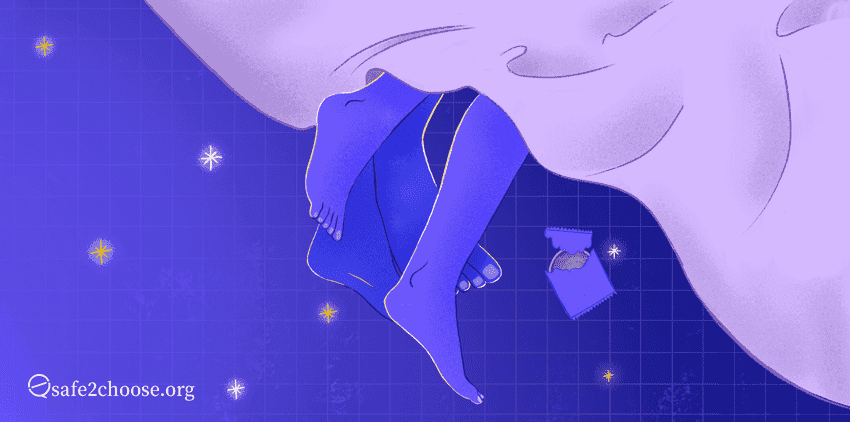
Cuándo tener sexo después de un aborto
Explora las razones para decidir cuándo es seguro y emocionalmente cómodo tener relaciones sexuales después de un aborto.
¿Te enfrentas a un embarazo no planeado, exploras opciones de anticoncepción o necesitas atención para un aborto?
¡Nuestro blog está aquí para empoderarte con toda la información y el apoyo que necesitas! Sumérgete en nuestros artículos fáciles de leer sobre aborto seguro, descubre historias reales de personas como tú y recibe los últimos consejos y recomendaciones de expertos sobre el mejor uso de las pastillas abortivas, Mifepristona y Misoprostol. Ya sea que busques respuestas o simplemente necesites orientación sobre aborto médico, nuestro blog tiene todo lo necesario para ayudarte a tomar las mejores decisiones y sentirte segura en tu camino.
Sumérgete en artículos fáciles de leer sobre aborto seguro y recibe los últimos consejos y recomendaciones de expertos.

Explora las razones para decidir cuándo es seguro y emocionalmente cómodo tener relaciones sexuales después de un aborto.
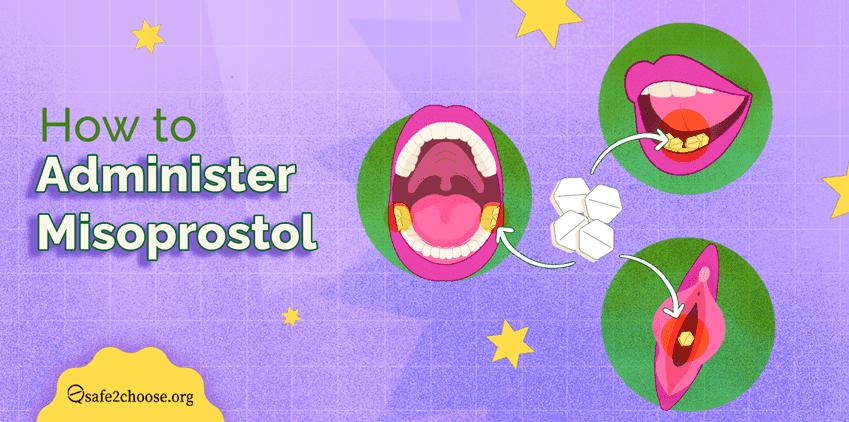
Obtenga orientación completa sobre cómo administrar correctamente Misoprostol y qué esperar durante el proceso. Garantiza una experiencia segura.
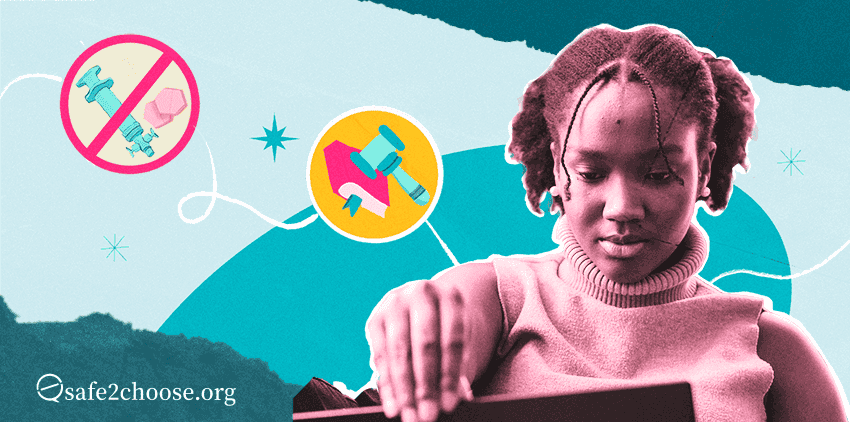
Infórmate sobre el aborto en Kenia: situación legal, métodos seguros (píldoras y procedimientos), costos y barreras.
Aprende qué es la ovulación, cuándo pasa, sus signos comunes y su papel en embarazo, fertilidad y salud reproductiva.
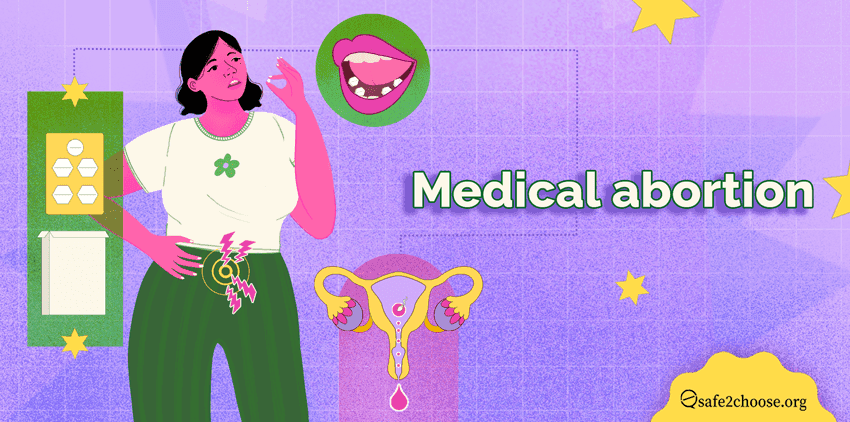
El aborto con medicamentos te permite interrumpir un embarazo usando 2 pastillas (mifepristona y misoprostol) aquí están las preparaciones y los riesgos
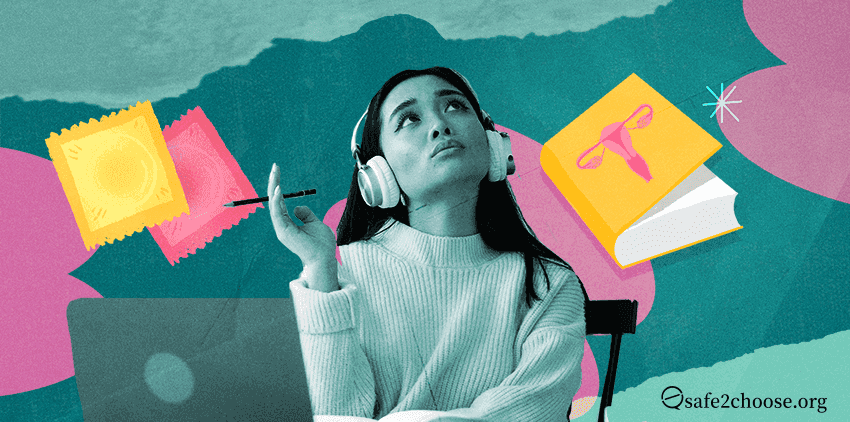
Descubre qué significa realmente la salud reproductiva, más allá de la biología. Aprende cómo protege tu cuerpo, tus derechos y tu futuro.
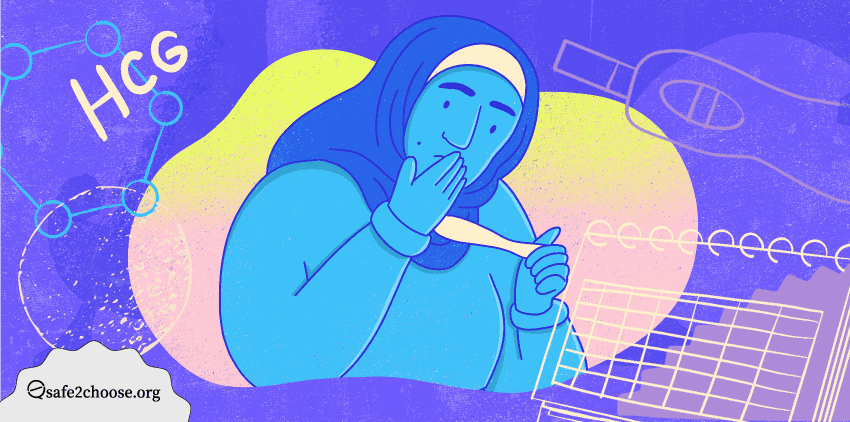
Descubre cuánto tiempo permanecen los niveles de HCG en el cuerpo después de un aborto y cuándo esperar un resultado negativo en el test de embarazo.

Aprenda sobre los signos de embarazo después de un aborto, incluidos los signos de advertencia de infección o daño en el útero.
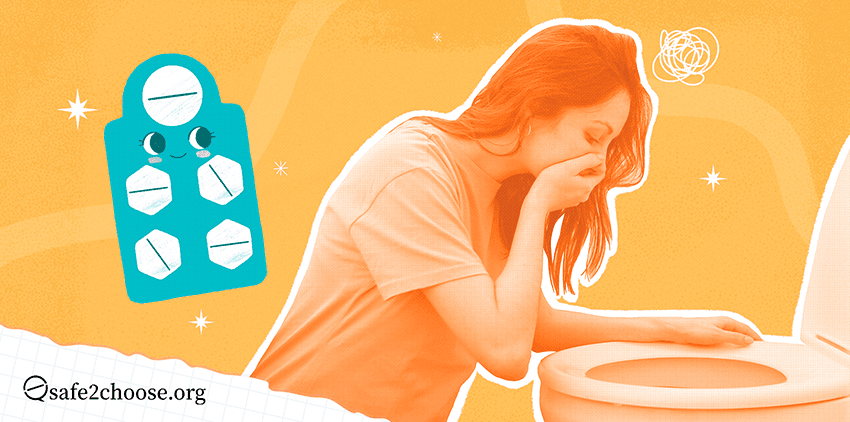
¿Te preocupa vomitar después de tomar la píldora abortiva? Descubre cuándo importa y qué hacer a continuación para garantizar un aborto seguro y eficaz.
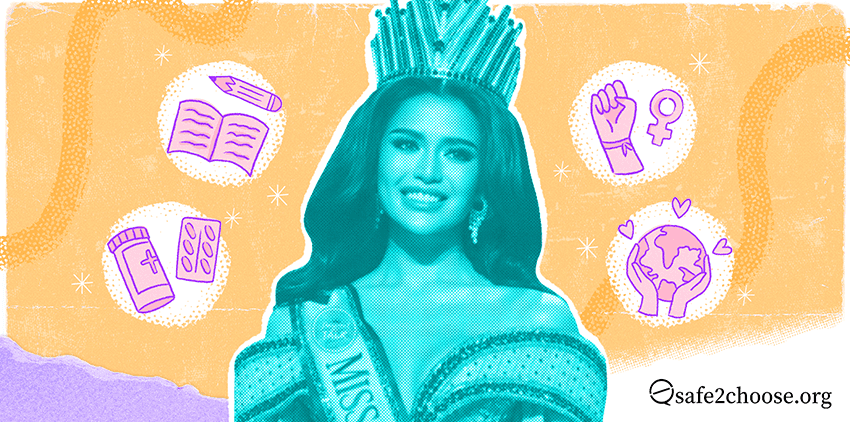
Descubre cómo Miss Mundo Filipinas 2025 empodera a las mujeres promoviendo la salud reproductiva, la planificación familiar
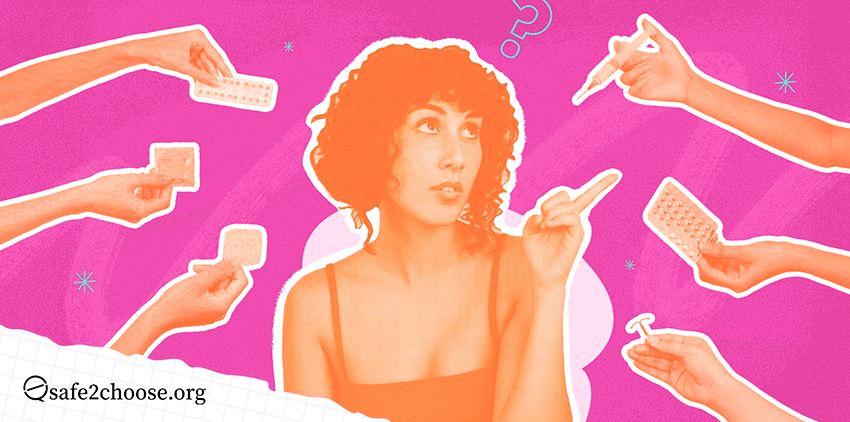
Explora los diferentes tipos de anticonceptivos, comprende la planificación y aprende a tomar decisiones seguras. Encuentra apoyo aquí.

Hablamos sobre el embarazo ectópico, incluidos sus síntomas, causas, factores de riesgo y tratamientos. Descúbrelo todo aquí.
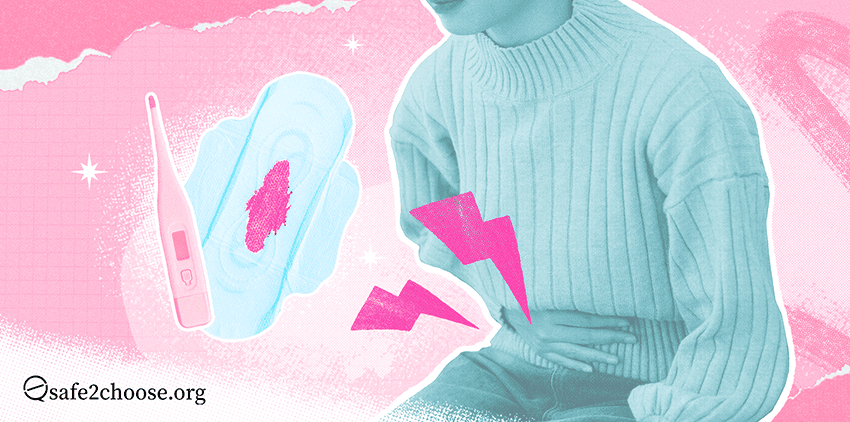
Descubre los síntomas comunes después de un aborto con pastillas y cuándo buscar atención médica. Obtén orientación experta aquí.

La educación sexual ayuda a los jóvenes a comprender la pubertad, y la salud reproductiva. Descubre por qué es vital en África Oriental.
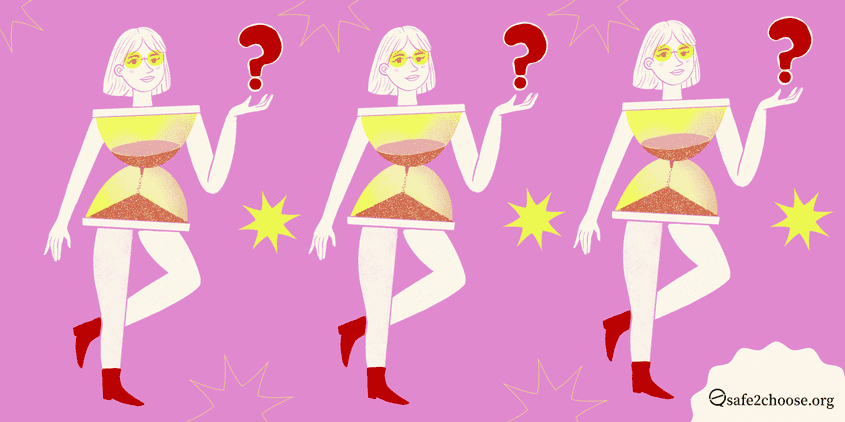
¿Qué tan pronto puedes quedar embarazada después de un aborto? Aprende sobre la fertilidad y la ovulación para un embarazo saludable.
View 1 - 15 of 95
Contáctanos.
No dudes en contactarnos. Si necesitas más información o no encontraste lo que buscabas, no dudes en ponerte en contacto con nosotras a través de nuestra página de asesoría y canales de comunicación.